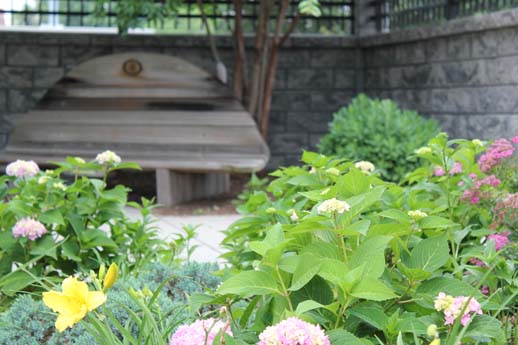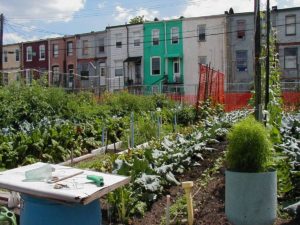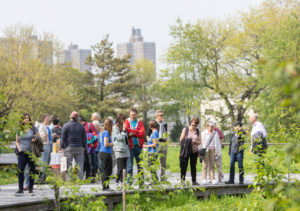The research around the link between urban green spaces and mental health is growing stronger and more specific by the day, it seems.
The latest such study digs into a topic we at TKF know well — and has gained considerable traction in the media. For the first time, researchers have published a paper that specifically addresses the mental health benefits of modest urban green spaces in blighted urban communities, the kind that have been much of our focus for more than two decades.
The article, which was published in JAMA Networks Open, reports on an observed link between access to “greened” vacant lots in Philadelphia and improved mental health of nearby residents.

With depression rates rising, this new evidence of nature’s ability, on its own, to help decrease depressive symptoms, the hallmark “feelings of depression and worthlessness”, is particularly salient. The research also confirms the disproportionate role diminutive green spaces can play in the health of a community; and the need for urban greening efforts to be included in public health discussions and agendas. The case for the value of pocket parks just became much stronger.
The paper represents the work of a team of researchers from the University of Pennsylvania; among them, Dr. Eugenia South, an assistant professor of emergency medicine at the University’s Perelman School of Medicine. In an interview about the research, Dr. South was quoted in an article in Time saying that simple interventions in a neighborhood can impact health, referring specifically to vacant lot greening. South is among a growing field of doctors looking beyond the confines of traditional Western medicine, to nature, to help address a range of medical condition, from high blood pressure to depression. Much of South’s work, in particular, has focused on people in disadvantaged neighborhoods.
“The beauty of the intervention is that it’s pretty simple.”
— Dr. Eugenia South, assistant professor of emergency medicine at the Perelman School of Medicine
For this study, she and her colleagues began by identifying more than 540 vacant lots in close proximity to areas exhibiting signs of urban blight in Philadelphia, dividing the lots into three study groups: one that would receive “greening intervention”, a second group that would receive trash cleanup intervention alone, and a third control group that would receive no intervention at all. Next, they interviewed more than 400 residents living near one of the vacant lots; the questions posed to respondents explored perceptions of their mental health.
The researchers then performed the planned interventions. The greening efforts, which cost between $1000 and $3000, involved planting a few trees, some grass, and a short wooden fence; and were done in partnership with the Philadelphia Horticultural Society.
Within 18 months, follow-up interviews were conducted with the study participants. Those who lived near the “greened” lots reported 40% reduction in feeling depressed and a 50% reduction in feeling worthless.
For us, one of the most satisfying details to emerge from this study is the cost aspect of the greening efforts. Scientific proof of something we have known for years: with relatively meager budgets, you can change the mental health — the life — of a community. The implications are huge for cities that might not have the budgetary means to build sprawling parks.
Many of our Sacred Places, in Baltimore in particular, were created with meager budgets. Creating meaningful green spaces that lift struggling communities is achievable, even when funds are limited. For examples of what a Sacred Place of this budget range can look like, see our profile of our Sacred Place at the American Visionary Arts Museum, or the vacant lot revitalized at the Intersection of Change, or the street-end park here on 4th Street.




